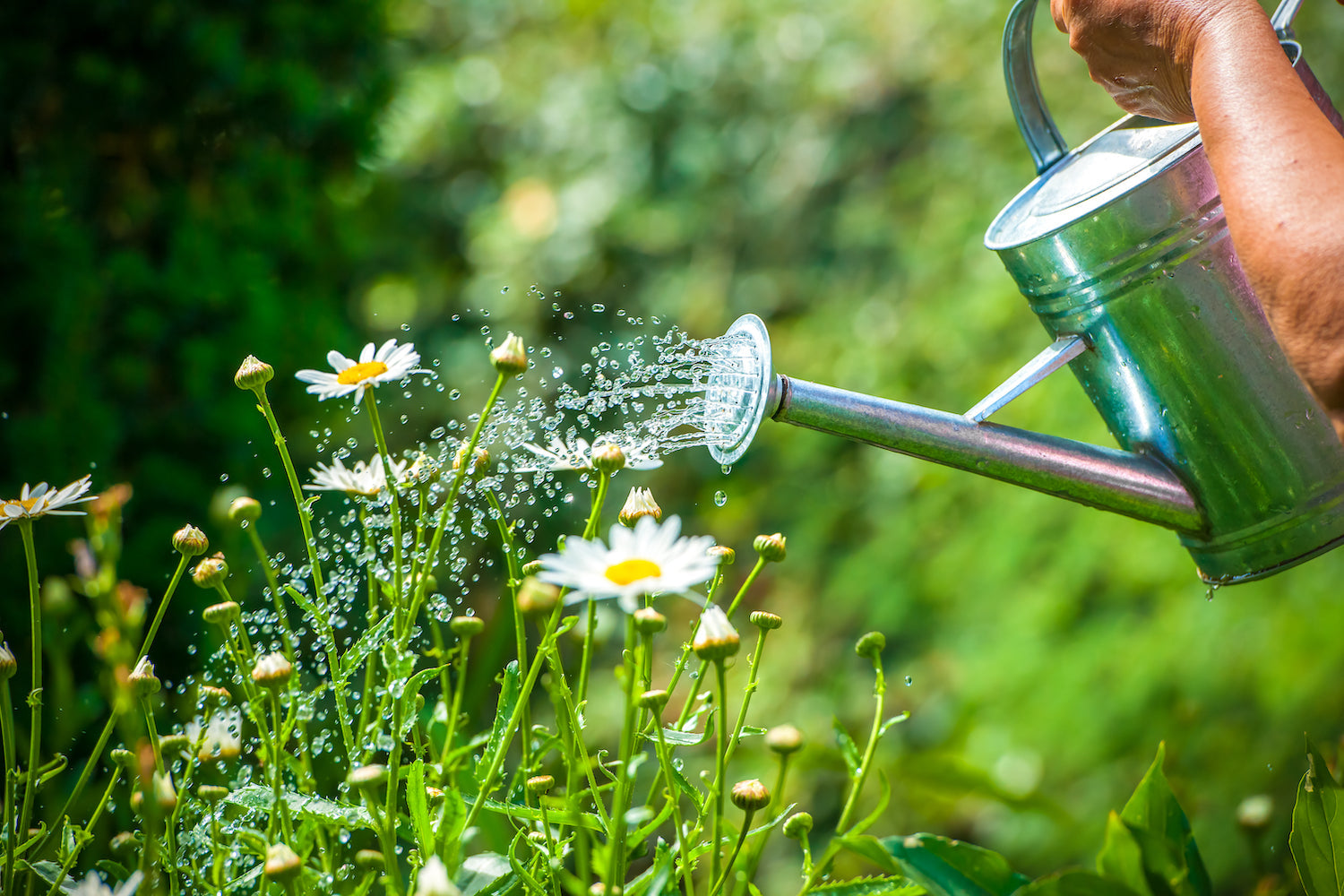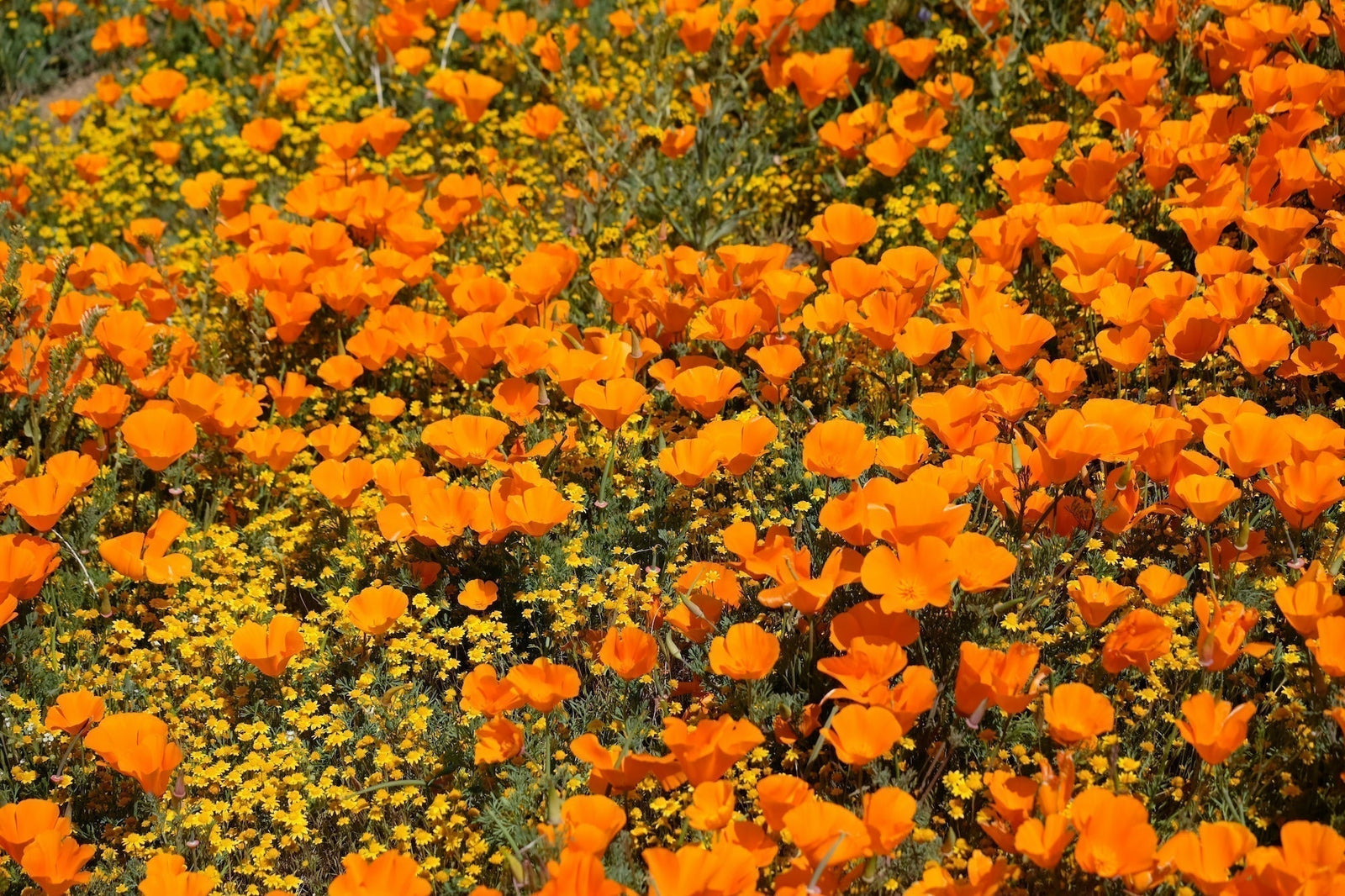
Most gardeners have stocked up their garages with all sorts of products to save their plants from natural enemies like hungry insects and overpowering weeds. What many gardeners don’t know is this: even more important than defending against enemies is to see that plants get what they need for photosynthesis, especially water. Watering is an art, because under-watering causes water deficiency and over-watering can cause roots to rot.
These problems are easily kept in check with only a few simple steps:
Follow Mother Nature’s lead — if you have a desert plant, the soil it lives in may not need watering for days at a time. If the plant is in a fairly moist climate in the wilderness, it will need to be watered more frequently. Avoid being too generous, because the leading cause of plant death is not insects or diseases but simple over-watering.
Get your hands dirty— test the soil with your finger, starting at the top for a moist-climate plant and pushing further in for a plant from a more arid climate. It is recommended to feel most plants about an inch below the surface of the soil. If the soil is moist to the touch but does not wet your finger, the water amount is correct.
Get a can that works— watering cans are especially vital in the care of indoor plants. The best watering can to use is one with a long neck. This is especially important if you have a plant that generates a lot of foliage. The best water to use is tepid water — not too warm or too cool.
Use good soil— sandy soil will let the water rush away, while clay-burdened soil will hold water too long, causing root rot.
Keep your weeds in check— frequent weeding will reduce competition among plants for the moisture in the soil.
Ready your plants for the daytime— water in the morning, to fortify your plants against the hot sun. Using mulch is another good defense. Mulch will keep the soil from taking too much sun and evaporating all the water, as well as helping to keep weeds down.



